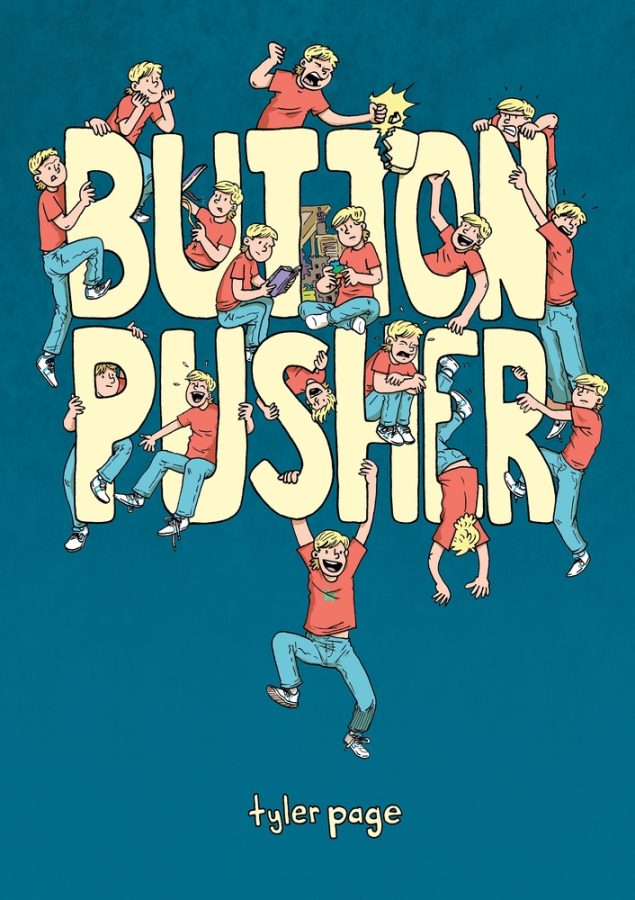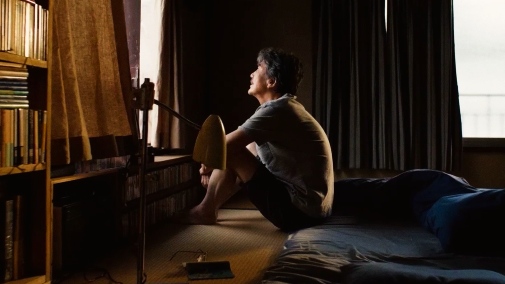Button Pusher Review
March 2, 2023
In a famous literary episode, the narrator from À La Recherche du Temps Perdu bites into a piece of madeleine and unlatches the gates of involuntary remembrance. Similarly, a century later, Tyler Page retrieves a box full of his childhood and teenage years medical documentation in his parents’ attic, and the idea of a book, which will, later on, materialize under the title Button Pusher, arises from the memories of his ADHD-centered life.
Tyler Page, a Minnesotan native, and an Eisner-nominated cartoonist and educator is no stranger to writing about his neurodivergent life. In 2016, his debut book, Raised on Ritalin – A Personal Story of ADHD, Medication, and Modern Psychiatry, explored similar themes from the perspective of an eight-year-old whose generation was among the first to be treated with Ritalin.
Button Pusher (Macmillan Publishers, April 12, 2022) tells the story of the eponymous boy Tyler, as he navigates school and a tumultuous, abusive home life (the father has a mental illness and plays a terrifying “Ghost of the Future Yet the Come” role) on top of the challenges of his ADHD. What catches the eye the most, and possibly a commentary on how society views those who are different, is how Tyler’s positive characteristics (his artistic gift, his high intelligence) are always mentioned as an afterthought.
The story is broken down into multiple scenes which can be read individually, making it accessible to readers with low attention spans/ children. Each chronological tableau depicts a different event in Tyler’s life, as he plays with darts, hangs from an attic window, and slashes bus seat covers with his grandfather’s knife for reasons he cannot explain. Scenes, such as school and the psychiatrist’s office, are recurrent as the story moves along. Intermingled with the graphic scenes, authentic medical documentation of the physiatrist’s after-visit summaries break down the story and provide both a conclusion to the previous events and a springboard into the future happenstances. The author inserts colorful graphics, illustrating information about what AHDH is and why some people have it, in an easy to comprehend style.
The narrator’s voice is strong and candid in this autobiographically inspired graphic novel. He does not shy away from sensitive topics, such as his father’s anger outbursts and inability to deal with his own diagnosis constructively.
Younger children and pre-teens, to whom the book is aimed, will likely empathize and identify with the main character and his struggles to behave and act well, especially if they have a similar diagnosis.
Fans of Dav Pilkey’s Dog Man and Captain Underpants, as well as anyone interested in learning more about ADHD in an easily digestible manner, will find both a pleasant and informative lecture in Button Pusher.








